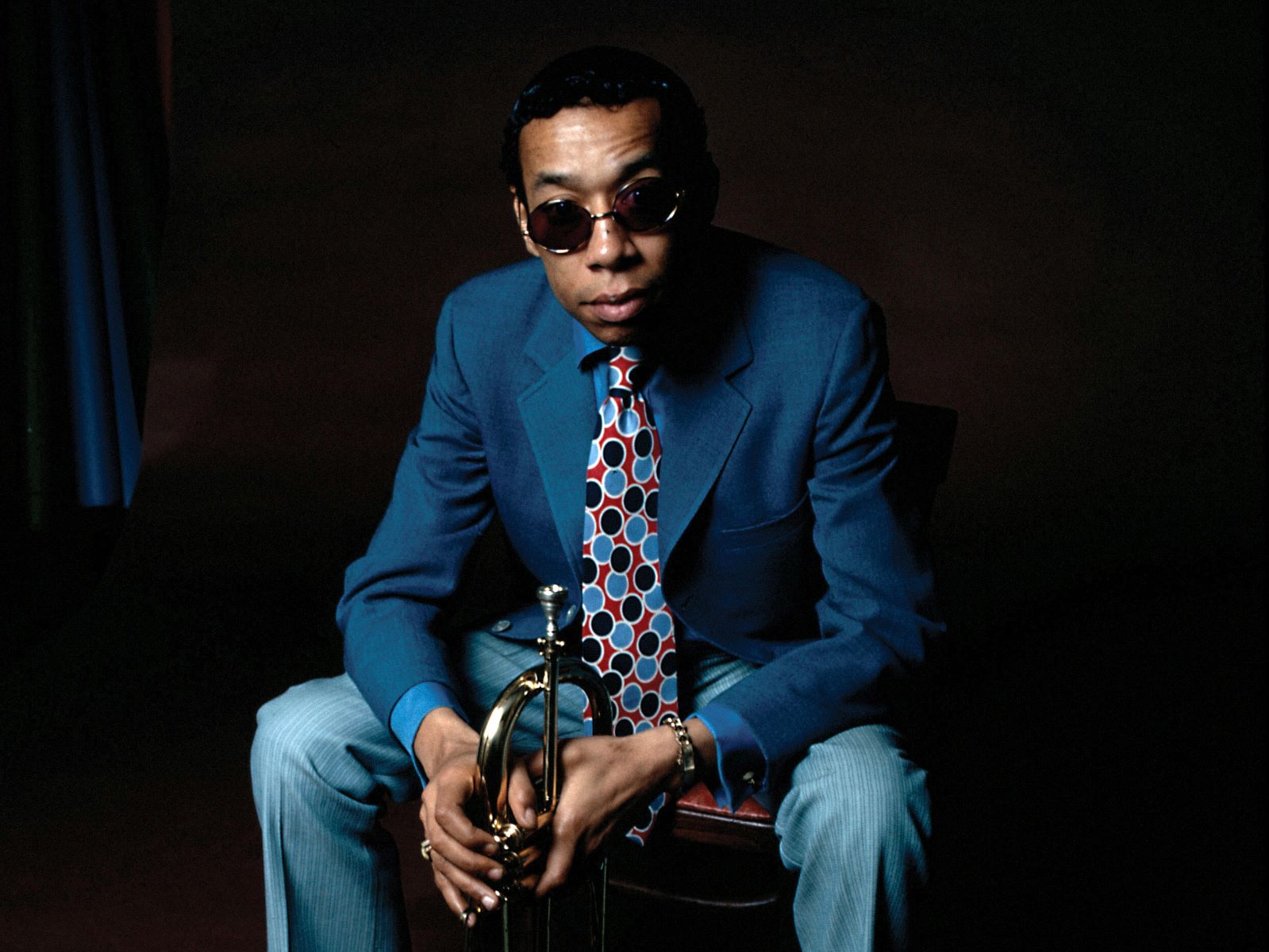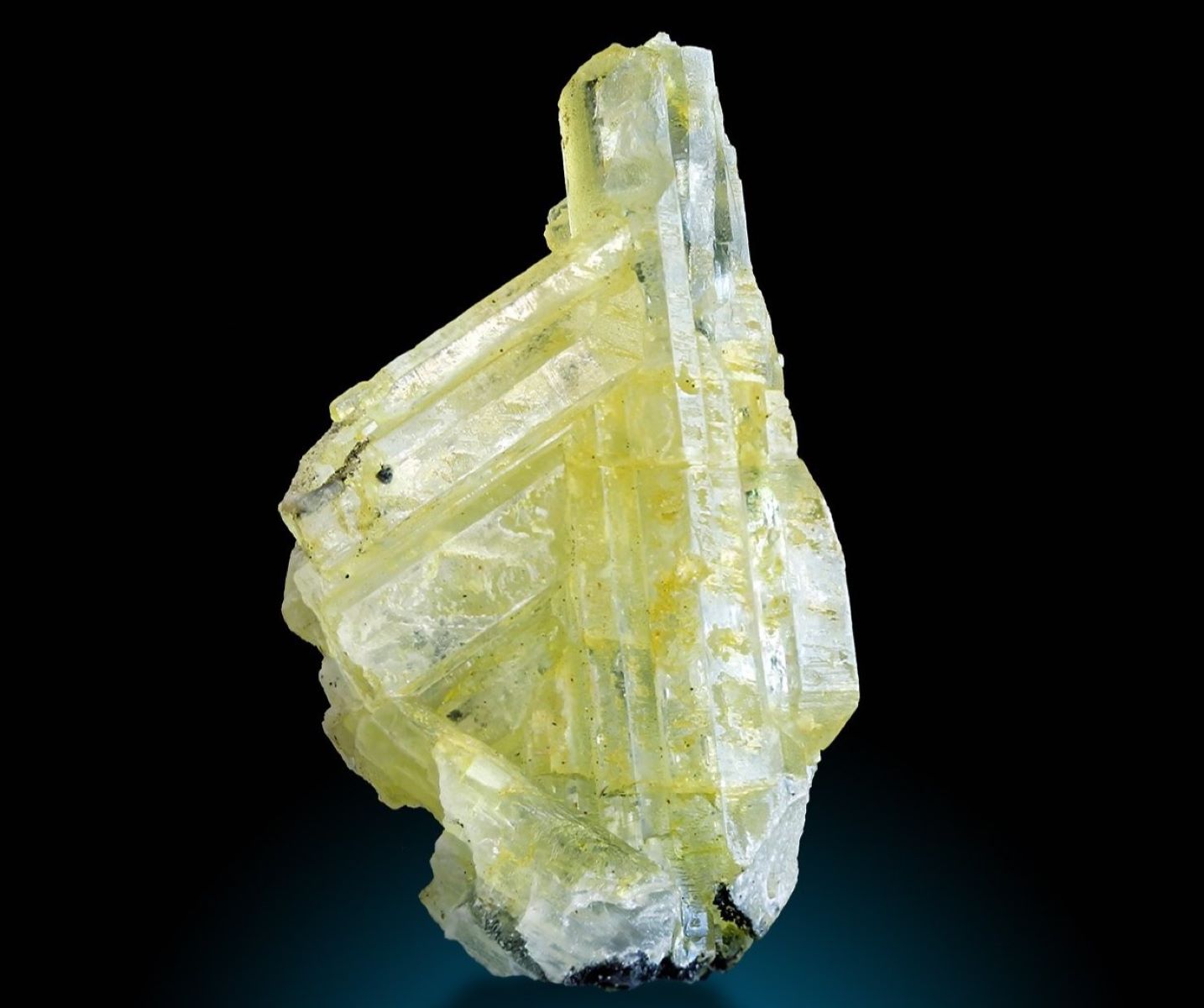
Who was Lee Morgan? Lee Morgan was a legendary jazz trumpeter whose life was as vibrant and intense as his music. Born in Philadelphia in 1938, he became a prominent figure in the jazz world during the 1950s and 60s. Known for his fiery playing style and innovative compositions, Morgan left an indelible mark on the genre. His most famous work, "The Sidewinder," became a crossover hit, blending hard bop with soul jazz. Despite his tragic death at the age of 33, Morgan's influence continues to resonate with jazz enthusiasts and musicians alike. Dive into these 35 fascinating facts about Lee Morgan to learn more about his extraordinary life and career.
Key Takeaways:
- Lee Morgan, a jazz legend, overcame personal struggles and left a lasting impact on music. His bright trumpet tone and iconic recordings continue to inspire musicians worldwide.
- Despite his tragic death, Lee Morgan's influence lives on. His stylish wardrobe, love for fast cars, and passion for chess add color to his remarkable story.
Early Life and Background
Lee Morgan, an influential jazz trumpeter, had a life filled with remarkable moments. Let's dive into some fascinating facts about his early years and background.
- Born on July 10, 1938, in Philadelphia, Pennsylvania, Lee Morgan grew up in a city known for its rich jazz heritage.
- He started playing the trumpet at the age of 13, inspired by his sister Ernestine, who bought him his first trumpet.
- Morgan attended Mastbaum Technical High School, where he honed his musical skills and played in the school band.
- By the age of 15, he was already performing professionally, showcasing his prodigious talent.
- His early influences included Clifford Brown and Dizzy Gillespie, two legendary trumpeters who shaped his style.
Rise to Fame
Morgan's rise to fame was swift and impressive. His talent quickly caught the attention of the jazz world.
- At 18, he joined Dizzy Gillespie's big band, gaining invaluable experience and exposure.
- In 1956, he signed with Blue Note Records, one of the most prestigious jazz labels.
- Morgan's debut album, "Lee Morgan Indeed!" was released in 1956, marking the beginning of his recording career.
- He became a member of Art Blakey's Jazz Messengers in 1958, a group known for nurturing young talent.
- Morgan's work with the Jazz Messengers solidified his reputation as a leading trumpeter of his generation.
Iconic Recordings
Lee Morgan's discography is filled with iconic recordings that have left a lasting impact on jazz music.
- "The Sidewinder," released in 1964, became one of his most famous albums, featuring the hit title track.
- The album's success crossed over to the pop charts, a rare achievement for a jazz record at the time.
- "Cornbread," another notable album, showcased Morgan's versatility and compositional skills.
- He collaborated with other jazz greats, including John Coltrane, Wayne Shorter, and Herbie Hancock.
- Morgan's trumpet playing was characterized by its bright, powerful tone and intricate improvisations.
Personal Struggles
Despite his professional success, Morgan faced significant personal challenges throughout his life.
- He struggled with heroin addiction, which affected his career and personal relationships.
- Morgan's addiction led to a temporary hiatus from music in the early 1960s.
- He made a comeback in the mid-1960s, overcoming his addiction and returning to the jazz scene.
- Morgan's relationship with Helen More, who later became his common-law wife, played a crucial role in his recovery.
- Tragically, his life was cut short when Helen More shot him during a performance at Slugs' Saloon in New York City on February 19, 1972.
Legacy and Influence
Lee Morgan's legacy continues to inspire musicians and jazz enthusiasts around the world.
- His innovative approach to trumpet playing influenced countless jazz musicians.
- Morgan's compositions, such as "Ceora" and "Speedball," remain jazz standards.
- He was known for his ability to blend bebop, hard bop, and soul jazz elements in his music.
- Morgan's work with the Jazz Messengers helped shape the sound of hard bop in the late 1950s and 1960s.
- His recordings continue to be studied and celebrated by jazz scholars and fans alike.
Posthumous Recognition
Even after his untimely death, Morgan's contributions to jazz have been recognized and celebrated.
- In 1995, Blue Note Records released "The Complete Lee Morgan," a comprehensive box set of his recordings.
- The documentary "I Called Him Morgan," released in 2016, shed light on his life and tragic death.
- Morgan was posthumously inducted into the DownBeat Jazz Hall of Fame in 1991.
- His influence can be heard in the playing of contemporary trumpeters like Wynton Marsalis and Terence Blanchard.
- Morgan's music continues to be performed and recorded by jazz artists worldwide.
Fun Facts
Here are some lesser-known, fun facts about Lee Morgan that add more color to his story.
- Morgan was known for his stylish wardrobe, often seen in sharp suits and hats.
- He had a passion for fast cars and owned several during his lifetime.
- Morgan was an avid chess player, often playing games with fellow musicians between sets.
- Despite his struggles, he maintained a close relationship with his family, especially his sister Ernestine.
- Morgan's life and music have inspired numerous books, articles, and academic studies, cementing his place in jazz history.
Lee Morgan's Lasting Legacy
Lee Morgan's impact on jazz remains undeniable. His trumpet skills and innovative compositions continue to inspire musicians worldwide. From his early days with Dizzy Gillespie to his iconic work with Art Blakey's Jazz Messengers, Morgan's journey was marked by musical brilliance and personal struggles. His tragic death at just 33 cut short a promising career, yet his recordings still resonate with fans. Albums like "The Sidewinder" and "Cornbread" showcase his unique style and creative genius. Despite his brief life, Morgan's contributions to jazz have left an indelible mark. His story serves as a reminder of the fragility of life and the enduring power of artistic expression. Whether you're a longtime jazz enthusiast or new to the genre, exploring Lee Morgan's work offers a glimpse into the soul of jazz.
Frequently Asked Questions
Was this page helpful?
Our commitment to delivering trustworthy and engaging content is at the heart of what we do. Each fact on our site is contributed by real users like you, bringing a wealth of diverse insights and information. To ensure the highest standards of accuracy and reliability, our dedicated editors meticulously review each submission. This process guarantees that the facts we share are not only fascinating but also credible. Trust in our commitment to quality and authenticity as you explore and learn with us.


